Summary
It is known for its clear and cold waters that host various fish species, including rainbow, brown, and cutthroat trout. The area offers a serene and picturesque environment that attracts both seasoned anglers and beginners.
Apart from fishing, visitors can engage in nearby activities, such as hiking, camping, and bird watching. The area is also home to several wildlife species, including deer, elk, and black bears.
To maximize your fishing experience at El Rito Creek, it is advisable to use dry flies, nymphs, and streamers. The best time to fish at this location is between April and October when the temperature averages between 50°F and 75°F. During this period, the fish are more active due to the warmer water temperatures.
Overall, El Rito Creek Fishing is an excellent destination for anglers seeking to catch various trout species while enjoying the serene environment and nearby activities.
Weather Forecast
Nearby Streamflow Levels
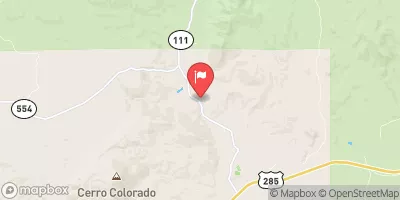 Rio Ojo Caliente At La Madera
Rio Ojo Caliente At La Madera
|
13cfs |
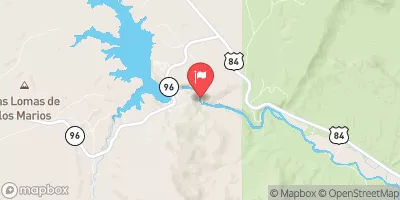 Rio Chama Below Abiquiu Dam
Rio Chama Below Abiquiu Dam
|
74cfs |
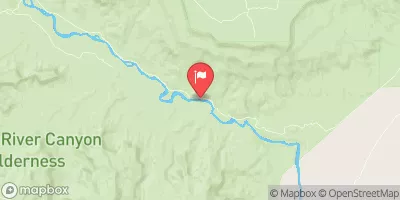 Rio Chama Above Abiquiu Reservoir
Rio Chama Above Abiquiu Reservoir
|
104cfs |
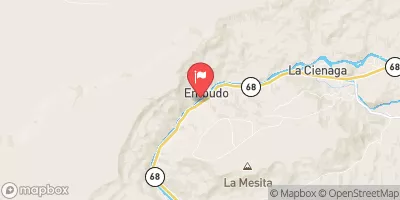 Rio Grande At Embudo
Rio Grande At Embudo
|
557cfs |
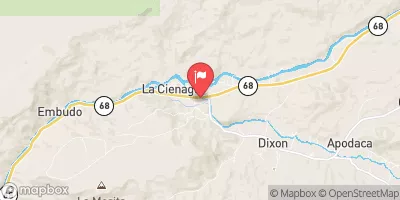 Embudo Creek At Dixon
Embudo Creek At Dixon
|
37cfs |
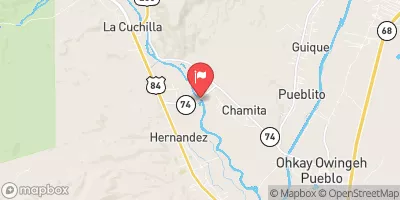 Rio Chama Near Chamita
Rio Chama Near Chamita
|
92cfs |
Angling Safety Guidelines
Check local fishing rules, seasons, size limits, and license requirements to ensure legal and sustainable angling.
Handle Fish Responsibly
Use wet hands, minimize air exposure, and release fish gently to improve survival rates when practicing catch-and-release.
Choose the Right Gear
Match your rod, line, and tackle to the species and conditions to increase success and reduce unnecessary harm to fish.
Respect the Waterway
Avoid disturbing habitat, prevent bank erosion, and keep a safe distance from spawning areas to protect ecosystems.
Keep It Clean
Pack out all line, hooks, bait containers, and trash—discarded gear can injure wildlife and degrade waterways.
Related Links
Area Campgrounds
| Location | Reservations | Toilets |
|---|---|---|
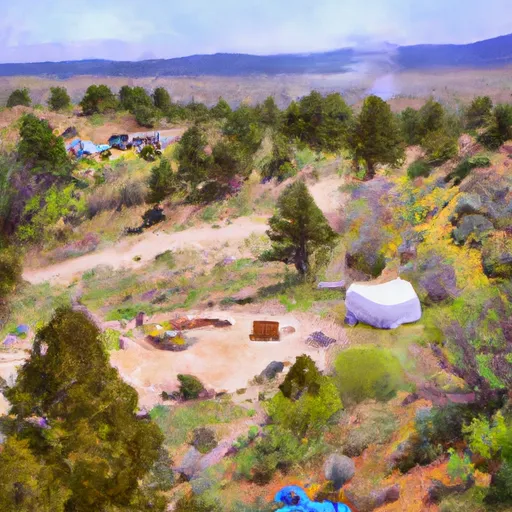 El Rito
El Rito
|
||
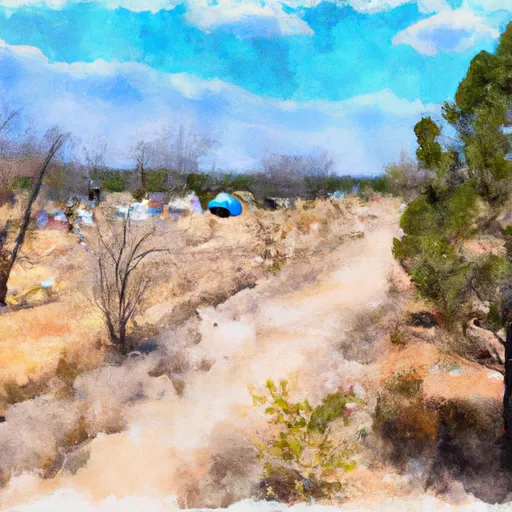 El Rito Campground
El Rito Campground
|
||
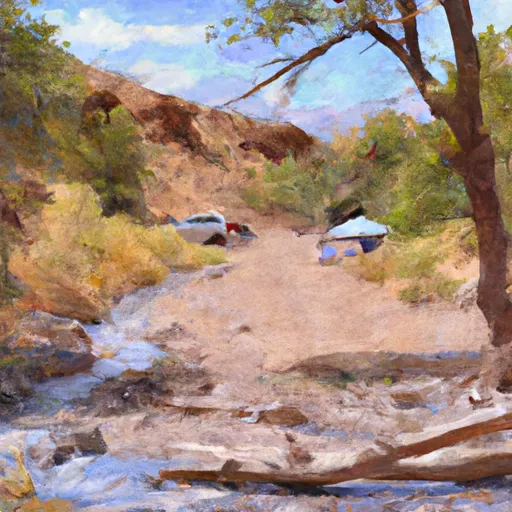 Canjilon Creek
Canjilon Creek
|
||
 Canjilon Lakes
Canjilon Lakes
|
||
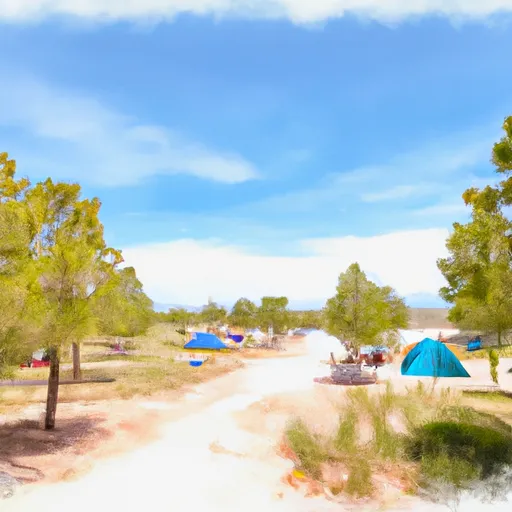 Canjilon Lakes Campground
Canjilon Lakes Campground
|

 Upper Of Lower Canjilon Lake Dam
Upper Of Lower Canjilon Lake Dam